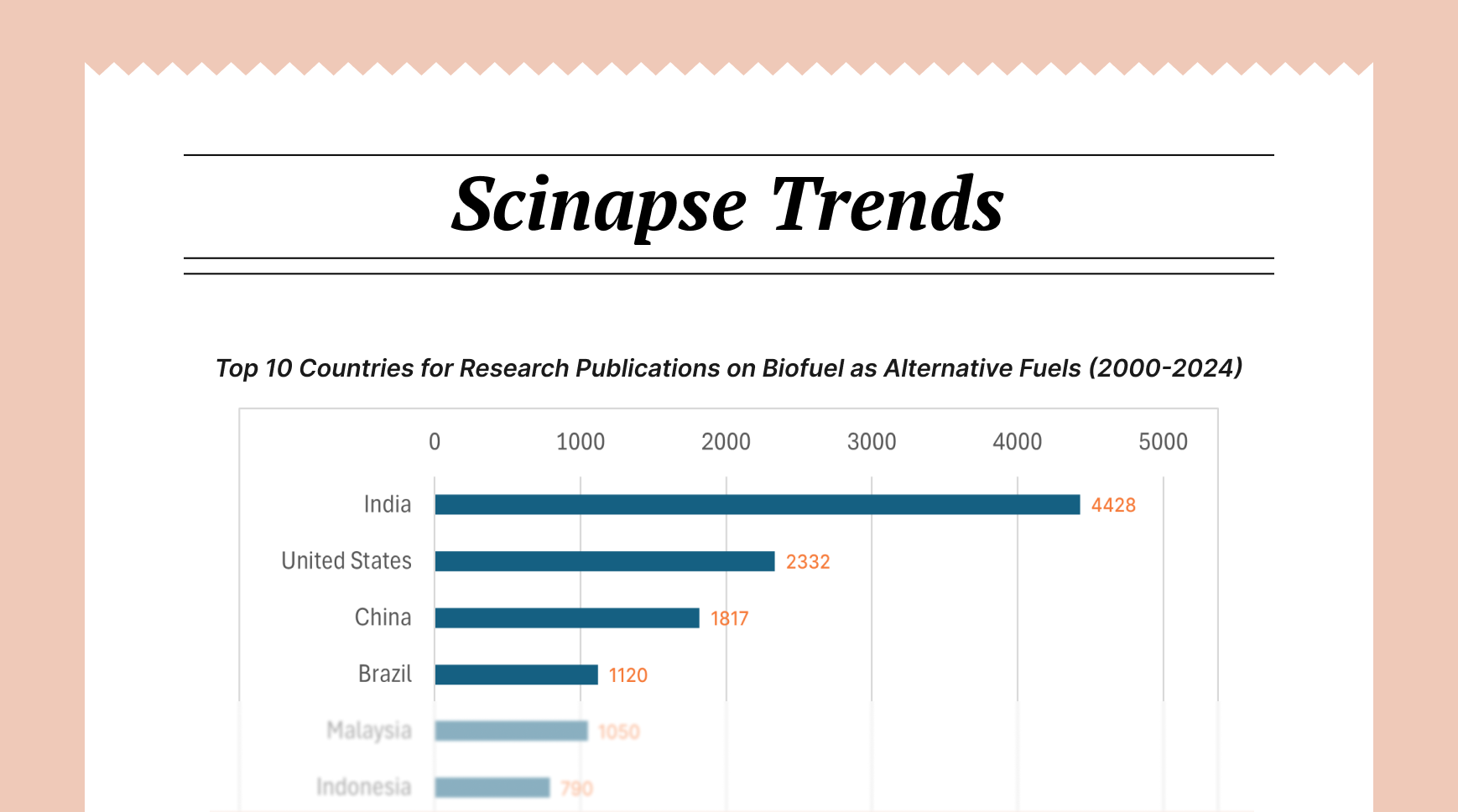Understanding Literature Reviews Vs. Annotated Bibliography Vs. Research Summary

Terms like "literature review," "annotated bibliography," and "research summary" are often used in academic contexts, sometimes seemingly interchangeably, leading to confusion about their distinct purposes and characteristics. Understanding the precise differences between these elements is crucial for effectively navigating the research process and producing high-quality scholarly work. This article aims to delineate literature reviews from related concepts, providing a comprehensive understanding of their unique roles and distinguishing features.
The Literature Review: A Critical Synthesis of Existing Knowledge
As explored in detail through our previous articles, a literature review is a comprehensive and critical analysis of published scholarly work relevant to a specific research topic or question. It goes far beyond simply listing or summarizing sources. Instead, it aims to:
1- Establish Context: By mapping out what is already known, it situates the current research within the broader field.
2- Identify Gaps: It pinpoints areas where knowledge is lacking, inconsistent, or requires further exploration.
3- Synthesize Findings: It brings together the results and conclusions of multiple studies to create a coherent overview of the topic.
4- Critically Evaluate: It assesses the strengths and weaknesses of existing research, including methodological rigor and theoretical underpinnings.
5- Justify Further Research: By highlighting gaps and limitations, it builds a rationale for the proposed new research.
6- Inform Methodology: It can provide insights into effective research designs and methods used in previous studies.
The literature review is typically a substantial section within a research paper, thesis, or dissertation, or it can stand alone as a review article. Its hallmark is its analytical and synthetic nature, aiming to provide a nuanced understanding of the existing knowledge landscape.

The Annotated Bibliography: A Descriptive and Evaluative Inventory
In contrast to the in-depth analysis of a literature review, an annotated bibliography is a list of citations to books, articles, and documents, where each citation is followed by a brief descriptive and evaluative paragraph, the annotation. The primary purpose of an annotated bibliography is to inform the reader about the content and quality of each source.
Key Differences of an Annotated Bibliography from a Literature Review
- Focus on Individual Sources: The annotation focuses on summarizing the main points, scope, and sometimes the author's argument of a single work.
- Limited Synthesis: While an annotation might briefly mention connections to other works, it typically does not involve the in-depth synthesis of findings across multiple sources that is central to a literature review.
- Descriptive and Evaluative: Annotations are primarily descriptive, outlining what the source is about. They may also include a brief evaluation of the source's strengths, weaknesses, or relevance.
- Less Emphasis on Identifying Gaps: While an annotation might touch upon limitations of a study, the primary goal of an annotated bibliography is not to systematically identify broader gaps in the field.
- Standalone Tool or Preparatory Step: An annotated bibliography can be a standalone assignment to demonstrate understanding of key readings or a preparatory step for conducting a more comprehensive literature review. It helps researchers become familiar with the literature before undertaking a deeper analysis.
In essence, an annotated bibliography is a collection of concise summaries and evaluations of individual sources, whereas a literature review is an integrated essay that analyzes and synthesizes these sources to provide a broader understanding of a research topic. Think of the annotated bibliography as the building blocks, and the literature review as the structure built from those blocks.
The Research Summary: A Concise Overview of a Single Study
A research summary, often found at the beginning (abstract) or end (conclusion) of a research paper, or as a standalone piece, provides a brief and concise overview of a single research study. It typically includes the study's purpose, methods, key findings, and conclusions.
Key Differences of a Research Summary from a Literature Review
- Focus on a Single Study: A research summary pertains to one specific piece of research, whereas a literature review examines multiple studies.
- Descriptive Rather Than Synthetic: A research summary primarily describes what was done and what was found in a single study. It does not involve the synthesis of findings across multiple studies or the identification of broader themes and gaps in the literature.
- Limited Contextualization: While a research summary might briefly mention the study's significance, it does not provide the extensive contextualization within the existing body of knowledge that is a hallmark of a literature review.
- Different Purpose: The purpose of a research summary is to quickly inform the reader about the key aspects of a specific study. The purpose of a literature review is to provide a comprehensive understanding of the state of knowledge on a particular topic.
- Brevity: Research summaries are typically very concise, often just a paragraph or a few hundred words. Literature reviews are significantly more extensive.
In short, a research summary provides a snapshot of a single research study, while a literature review offers a panoramic view of the existing research landscape on a particular topic.
Distinguishing Literature Reviews, Annotated Bibliographies, and Research Summaries Through Purpose and Scope
The most fundamental way to differentiate these research elements lies in their purpose and scope:
- Literature Review: To provide a comprehensive, critical, and synthesized analysis of existing research to establish context, identify gaps, and justify further inquiry. Its scope is broad, encompassing multiple relevant studies.
- Annotated Bibliography: To provide a descriptive and evaluative list of individual sources to inform the reader about their content and quality. Its scope is source-specific.
- Research Summary: To provide a concise overview of the purpose, methods, findings, and conclusions of a single research study. Its scope is study-specific.
When to Use Each Element
Understanding these distinctions helps researchers determine when each element is appropriate:
- Literature Review: Integral to research papers, theses, dissertations, and as standalone review articles to provide a deep understanding of a topic.
- Annotated Bibliography: Useful as a preliminary step in the research process to explore and understand key literature, or as a standalone assignment to demonstrate engagement with course readings.
- Research Summary: Essential as an abstract or conclusion in a research paper, or as a brief communication of research findings.
Author: Uttkarsha B
- AI-Ethicist and STM Research & Publishing Expert
Never re-search again.
Scinapse is made by researchers for researchers.
Join the next generation of research at ⏯️ https://scinapse.io/
Pluto Labs
Pluto Labs helps researchers focus on their research by improving several inefficiencies in the academic research process. We offer data-driven insights from academic papers, allowing users to easily obtain review-level results for their desired range of papers.
https://pluto.im/





Comments ()